The global machine never sleeps
A giant factory, stretching from the cool data centers of Sweden to the solar farms of Texas to the hydroelectric facilities of Paraguay and Ethiopia, doesn’t make cars or phones. It makes something intangible: trust. The factory runs nonstop. It’s the bitcoin mining network.
“Bitcoin mining is like playing a giant number crunching game on a computer,” explains Frank Holmes, CEO of Hive Digital Technologies. “You use super-powerful machines to solve extremely difficult math problems. Whoever solves it first gets a reward of brand-new bitcoins, which we call Virgin Bitcoins.”
But this “guessing game” has a more important mission: it keeps the system running. Every time a miner solves a puzzle, they not only receive bitcoins, but also get to validate the transactions that have just occurred, recording them in a new block of data and attaching that block to the public, immutable ledger called the blockchain.
This is the “heart” of bitcoin, ensuring that when I send you bitcoin, the transaction is real, irreversible, and cannot be tampered with. And most importantly, there is no central authority that controls the process. “There is no Visa-like central authority that can lock the system down,” Holmes notes. The bitcoin network is run by more than 21,000 independent nodes around the world. If one part of the network is hacked or shut down, thousands of others will still be there, ensuring the safety and continuity of the entire system.
This decentralization is the real revolution. It's reminiscent of Napster in the 2000s, which demonstrated the power of peer-to-peer networks and shook up the music industry. Bitcoin is doing the same thing to finance, creating a system outside the control of big banks and governments.
But the game is very different today. You can’t just use a laptop to “guess numbers” anymore. Competition has become so fierce that miners are using specialized machines called ASICs (Application-Specific Integrated Circuits) — chips designed just to mine bitcoins with maximum efficiency and minimal energy consumption.
“Every 10 minutes is a ball,” Holmes said. “To win the ball (bitcoin), you have to have the most powerful ASIC chip and the cheapest electricity.” The “number guessing” has now become a multibillion-dollar industry—a global technological arms race where efficiency and energy costs determine victory or defeat.
And all of that massive effort is headed toward a single finish line, set from the start: the magic number 21 million.
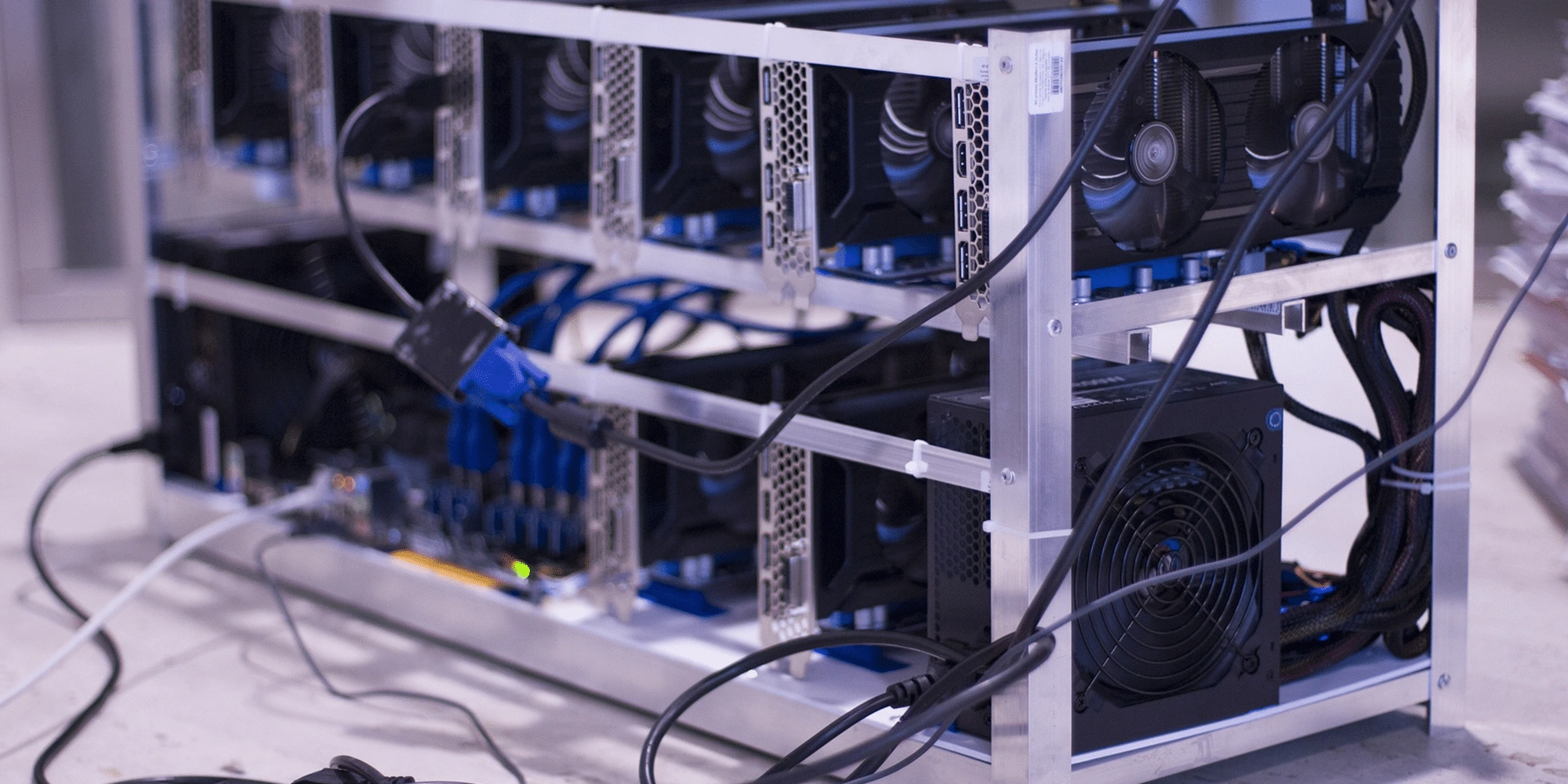
Cryptocurrency mining is a very energy-intensive process as miners operate non-stop for a second (Photo: CoinCentral).
The race towards absolute scarcity
Satoshi Nakamoto, the mysterious founder of bitcoin, built into the system a “golden rule”: there will only ever be 21 million bitcoins, no more, no less. This is a hard limit, a mathematical commitment to absolute scarcity.
Now, the race to that 21 million mark is coming to an end. According to Bitcoin Magazine Pro, as of July this year, more than 94.75% of all bitcoins, or about 19.9 million BTC, have been mined. After 16 years, the “treasure trove” has almost been unearthed, with only about 1.1 million BTC waiting in the “mine.”
So why have we mined 95% in just over a decade, but the rest will take more than a century? The secret lies in the “halving” mechanism. Every 210,000 new blocks, or about every four years, the reward for miners is cut in half. In 2009, each block yielded 50 BTC; by 2012 it was 25 BTC, then 12.5 BTC in 2016. In 2020 it was 6.25 BTC, and from 2024 it was 3.125 BTC. If everything goes according to plan, by 2028 each block will yield only about 1.5625 BTC.
This mechanism makes bitcoin a true deflationary asset, like a gold mine that becomes twice as difficult to mine every four years. This is also the factor that has created historical price cycles and helped Bitcoin become known as “digital gold.” While the physical gold supply continues to increase by about 1.7% per year, the rate of “inflation” in bitcoin gradually decreases in a transparent and predictable way.
Bitcoin’s release schedule is even more peculiar. By the end of 2020, more than 87% of the supply will have been minted; by 2035, it is expected to reach 99%. But the final 1%—the tiny satoshis—will be mined sporadically until 2140. And the reality is even more stark: Chainalysis estimates that about 20% of all bitcoins ever mined may have been lost forever, either because of lost access keys, forgotten passwords, or the death of their owners. This means that the actual circulating supply may be as low as 17-18 million BTC.
Even the final number probably won't hit exactly 21 million, because rounding in the source code means the maximum total supply could be slightly lower.
We are living in the final stages of the bitcoin “mining” era. And the biggest trillion-dollar question now is: When no more new bitcoins are created, what will keep this “global machine” running?
That's bitcoin's biggest gamble.

94.75% of the maximum total supply of 21 million bitcoins (about 19.9 million BTC), has been circulated; this means there are only about 1.1 million BTC left waiting to be mined (Illustration: Coinflip).
Life After 2140: Bitcoin's Biggest Gamble
In 2140, the last block is solved, and the bitcoin reward ends. From that moment on, the total supply of bitcoins will remain constant forever. But what will keep miners from spending billions of dollars in electricity and hardware to secure the network?
Satoshi's answer lay in another source of income: transaction fees.
Every time you send a bitcoin transaction, you can include a small fee to encourage miners to prioritize processing it. Currently, this fee is only a small fraction of the block reward. But in the future, it is designed to become the sole and primary source of income for miners.
This is a big gamble based on the assumption that by 2140, the bitcoin network will be large and valuable enough that users will be willing to pay to use it. And the future could go in two main directions, or a mix of both:
Bitcoin Becomes “Gold 2.0”: The Ultimate Store of Value
In this scenario, bitcoin is not something you use to buy a cup of coffee. The native bitcoin blockchain becomes the ultimate payment layer and store of value, reserved for large, high-value transactions, such as those between central banks, multinational corporations, or multimillion-dollar asset transfers.
For such large transactions, it is perfectly acceptable to pay a fee of several hundred or even several thousand dollars to ensure safety, security, and irreversibility. Together, these fees would be large enough to create a sustainable “security budget” that would incentivize miners to continue their work.
The Rise of the "Transaction Highways" - Layer 2
To solve the problem of everyday transactions, "Layer 2" solutions like the Lightning Network were born. Think of the bitcoin blockchain as an interbank transfer system, slow and expensive but extremely secure. The Lightning Network is like your credit card or digital wallet - fast, cheap and efficient for small transactions.
These solutions allow millions of small transactions to take place “off” the main chain instantly at near-zero cost. They only use the main blockchain for final “settlement” when necessary. This model allows bitcoin to scale to serve billions of users without congesting the main network. Transaction fees on the main blockchain are still high, but they do not affect the average user in their daily activities.
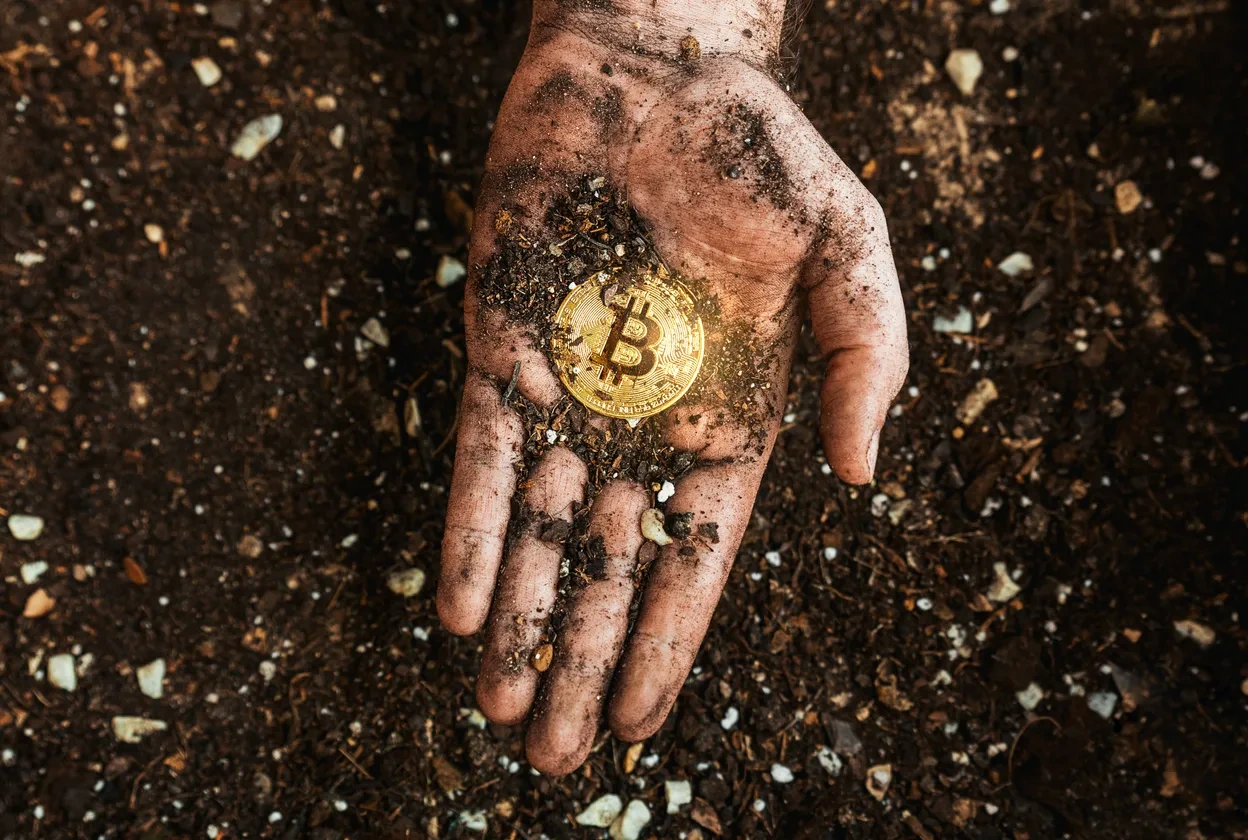
When the last BTC is mined, miners will only survive on transaction fees - a historic milestone in the cryptocurrency world (Photo: iStock).
Bitcoin’s journey is shifting from a sprint to a marathon. The initial phase of generous block rewards was a quick burst of speed to distribute bitcoins globally and kick-start the network. But now, and through 2140, it will be a marathon, where issuance slows and the network’s true value is put to the test.
After 2140, the race will become an eternal marathon. Network security will no longer be maintained by “printing” new coins, but entirely based on the economic value and utility it brings to users.
Satoshi Nakamoto's gamble was whether the economic model he designed was sophisticated and sustainable enough to operate for centuries. The answer would determine whether bitcoin would become a global financial platform, or just a fleeting but memorable chapter in the history of technology.
The greatest race of the digital age still has a long way to go.
Source: https://dantri.com.vn/kinh-doanh/dem-nguoc-den-dong-bitcoin-cuoi-cung-cuoc-chien-khoc-liet-bat-dau-20250823130635738.htm



![[Photo] General Secretary To Lam attends the 80th Anniversary of the Cultural Sector's Traditional Day](https://vstatic.vietnam.vn/vietnam/resource/IMAGE/2025/8/23/7a88e6b58502490aa153adf8f0eec2b2)




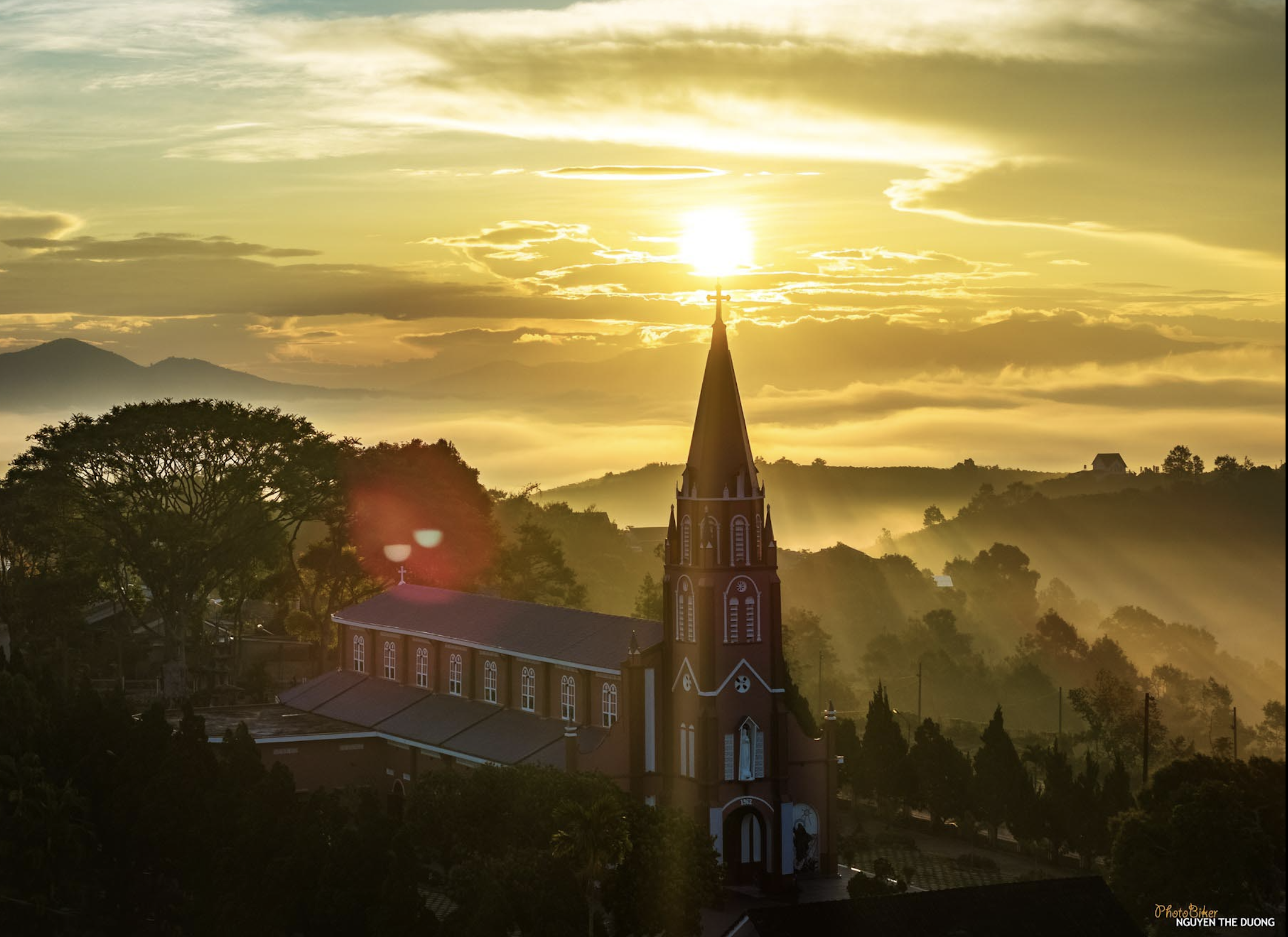
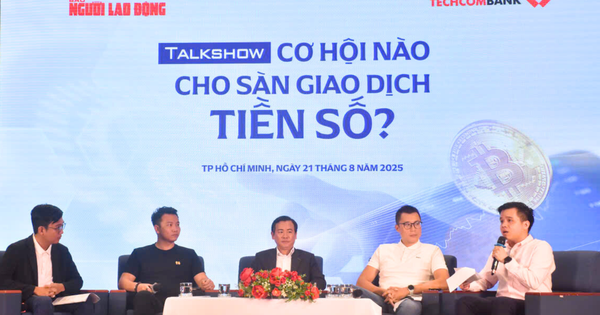

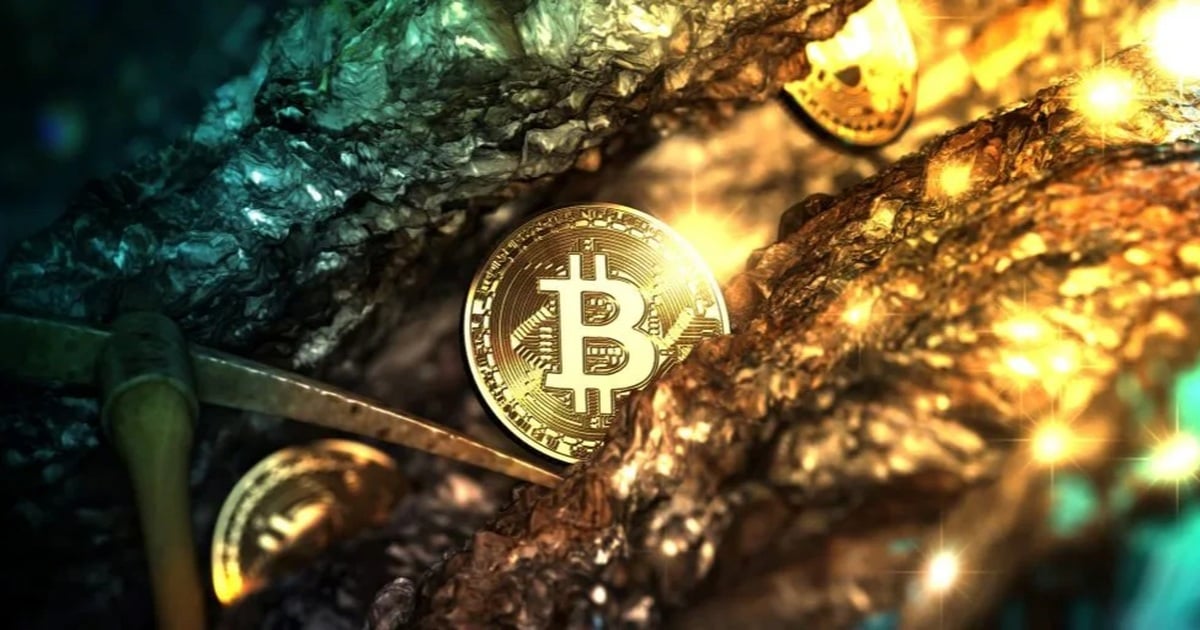
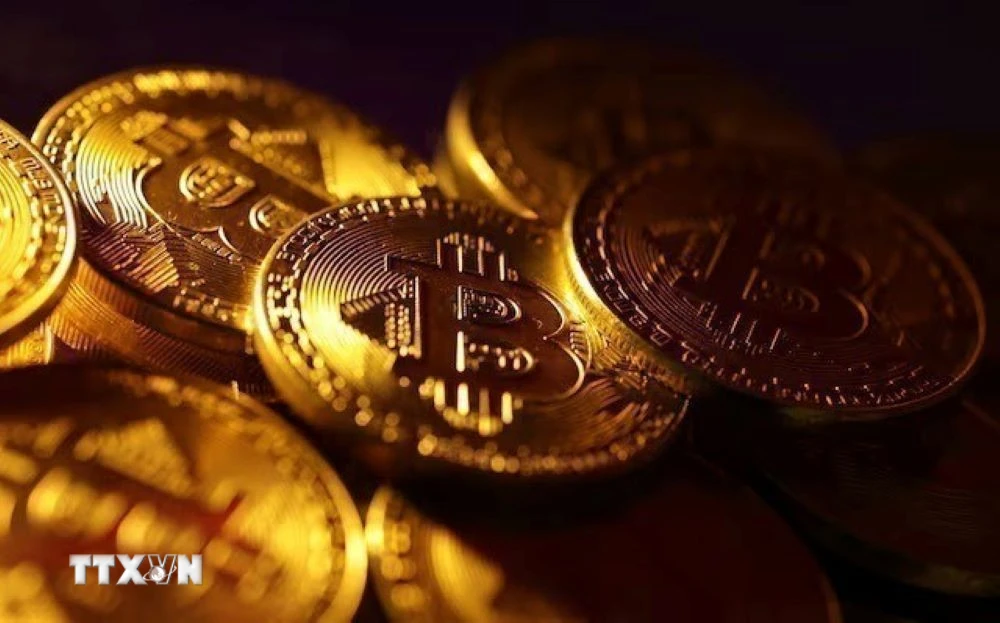

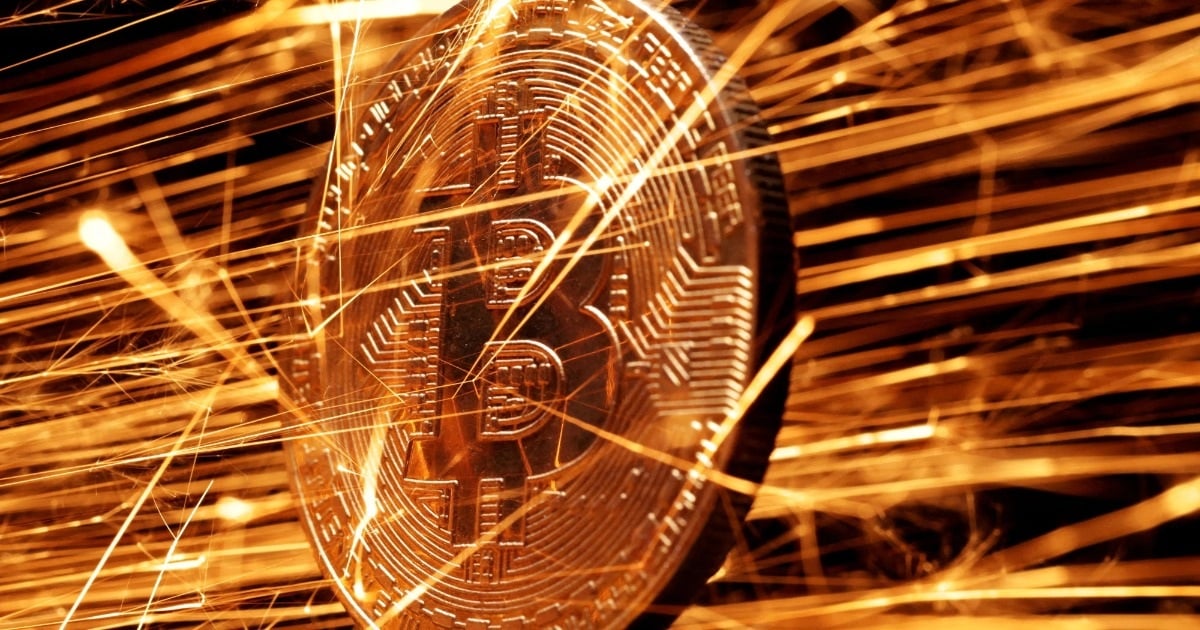

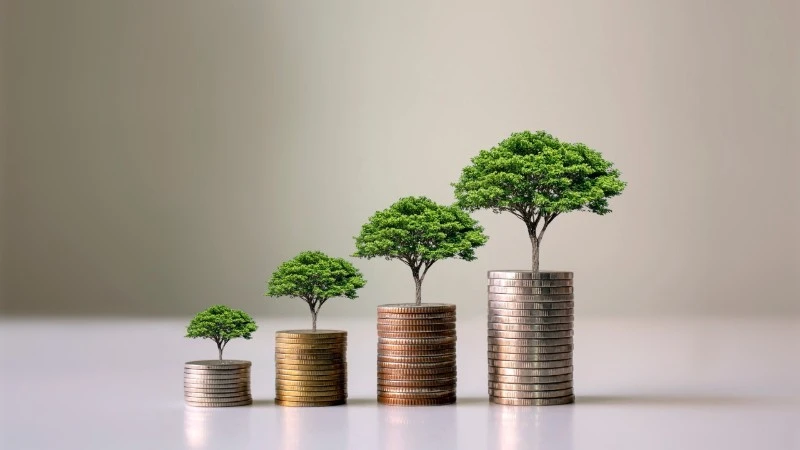


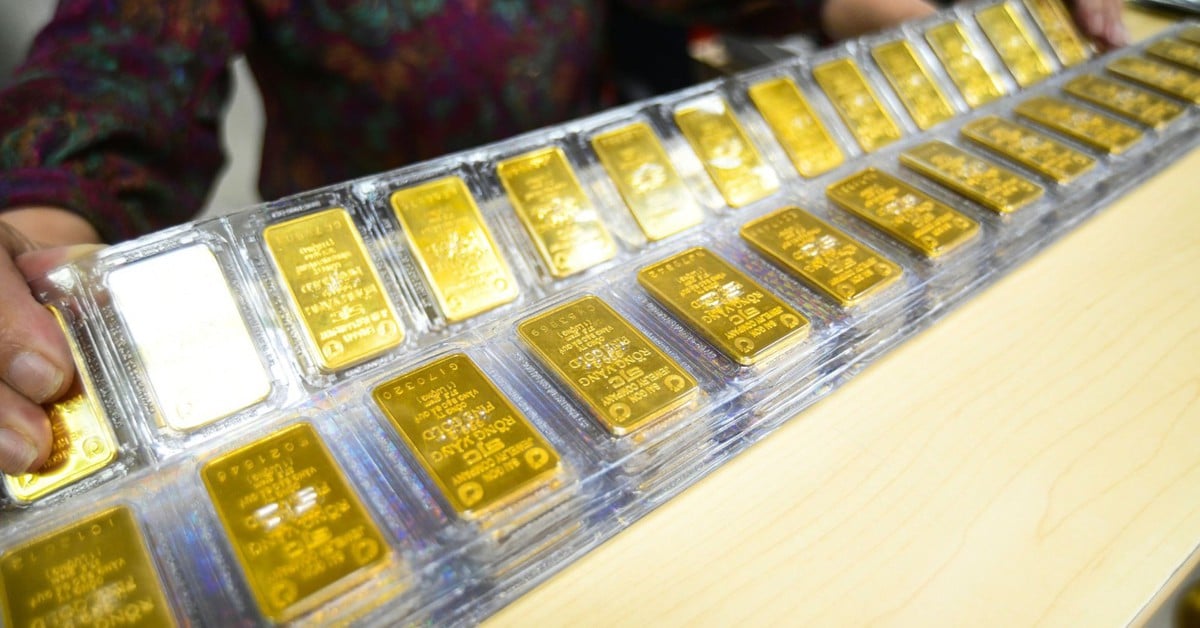

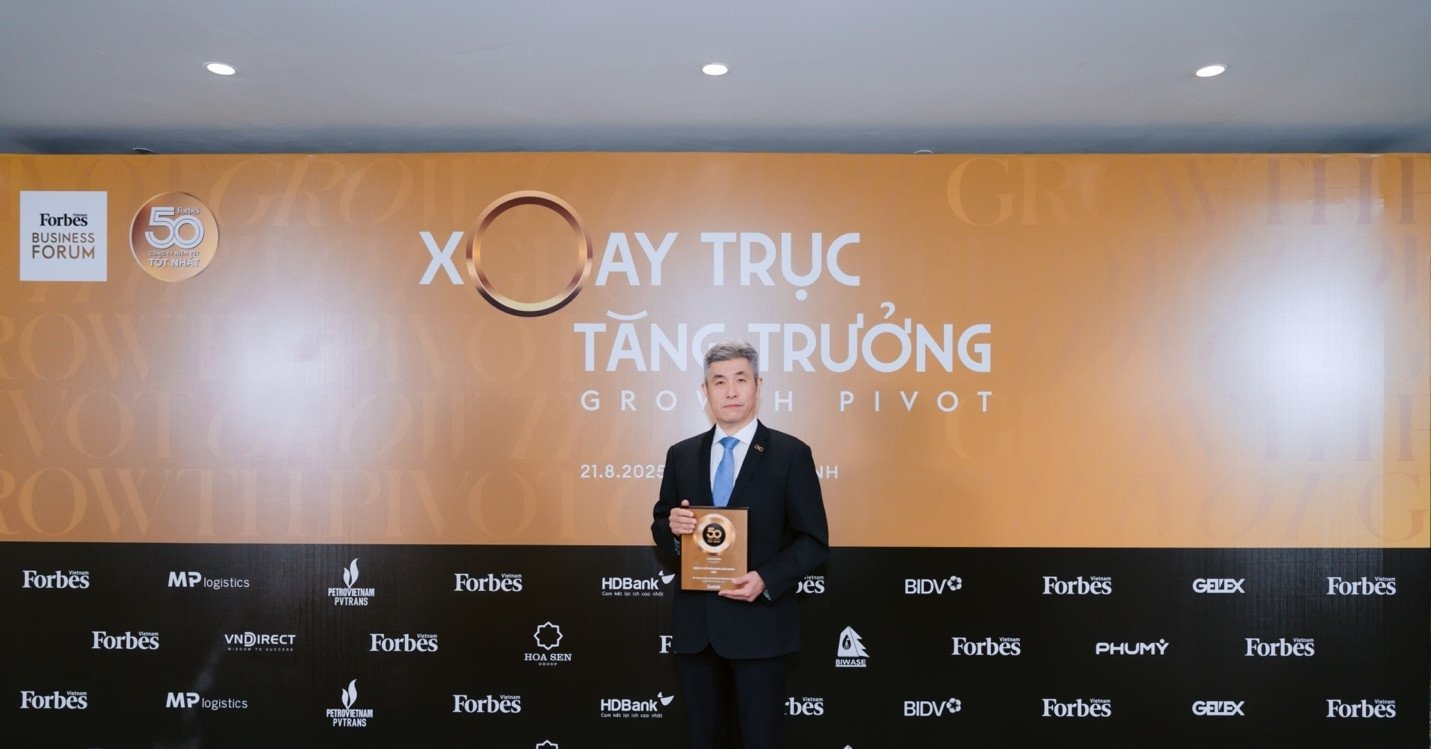

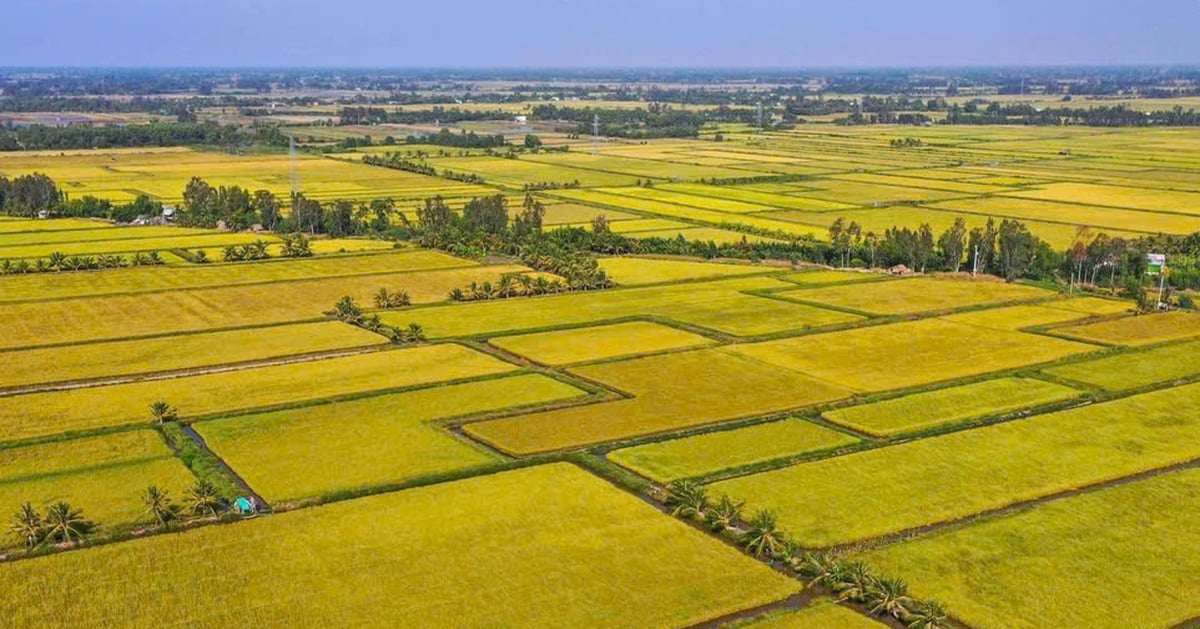
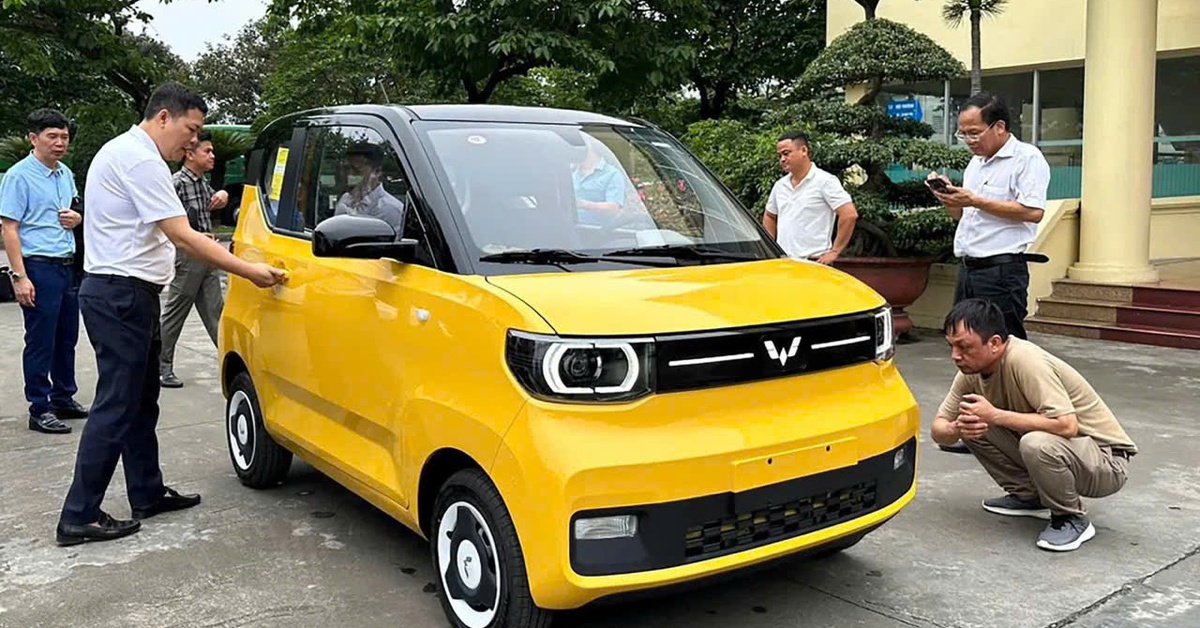





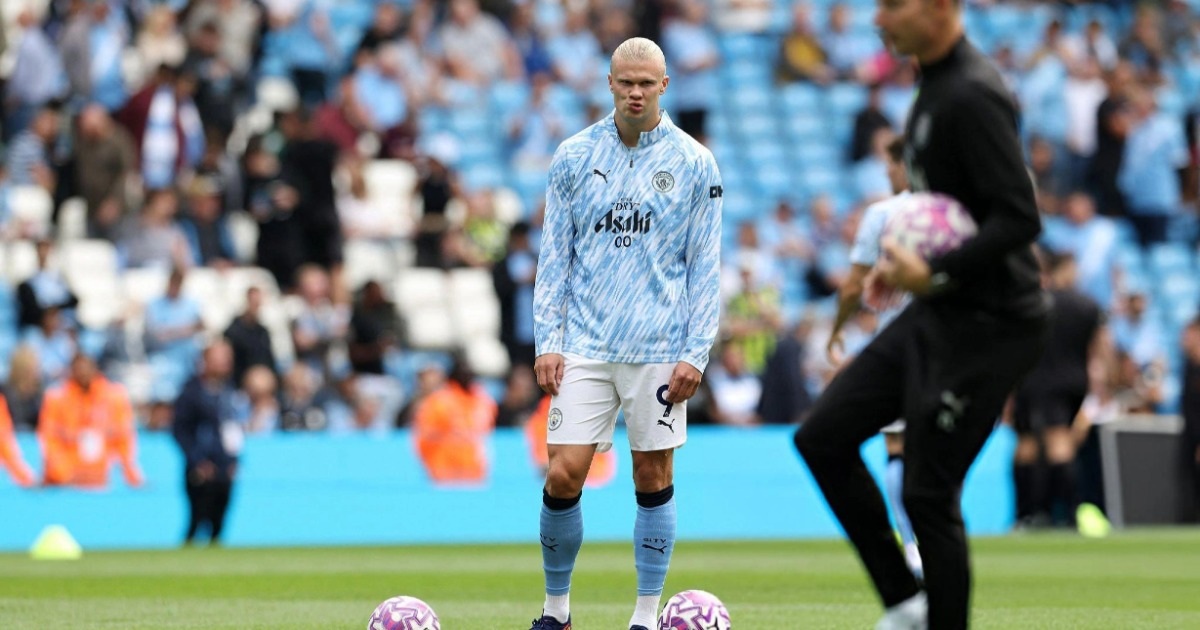






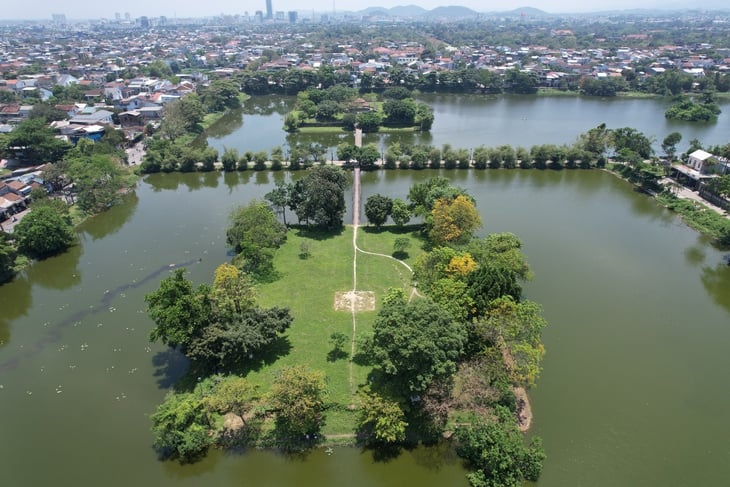
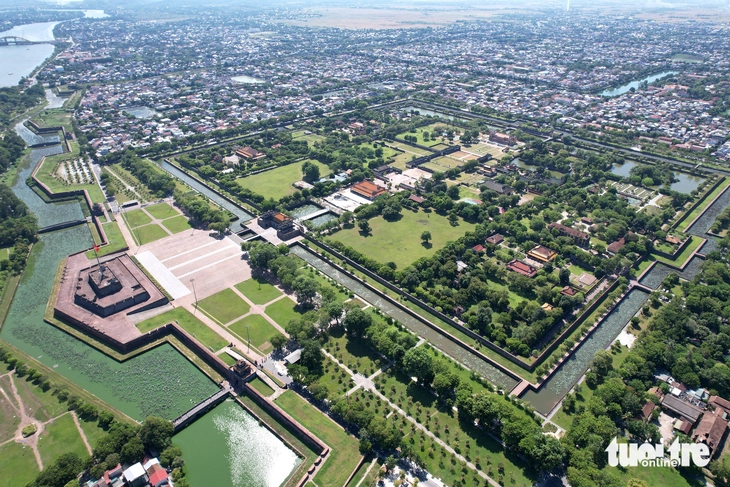
















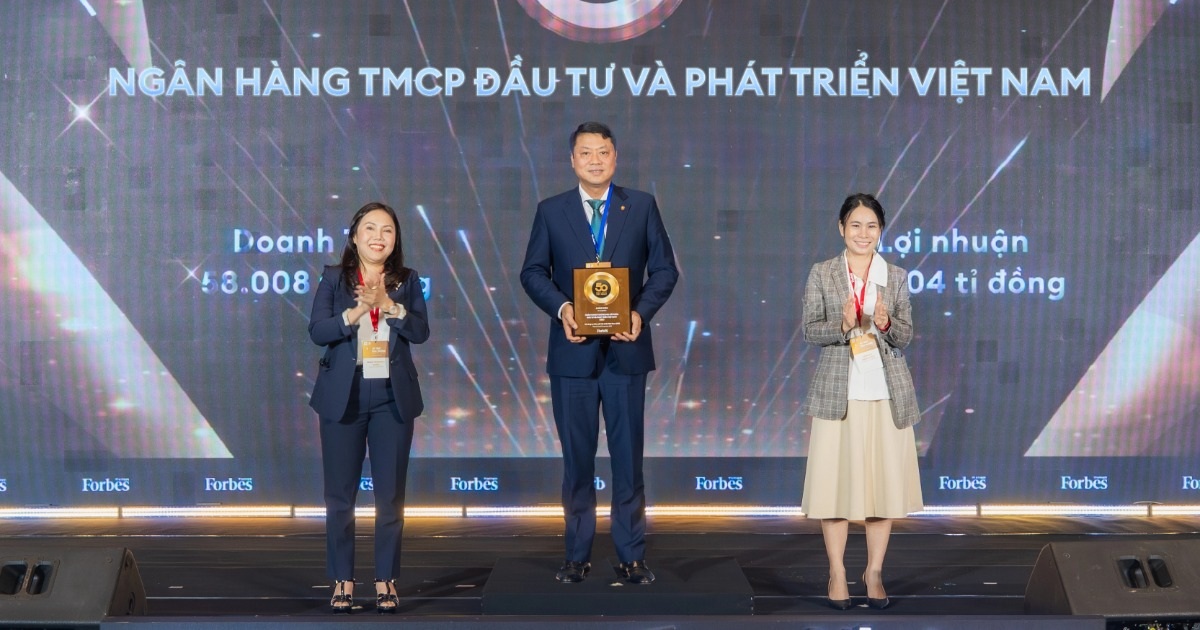




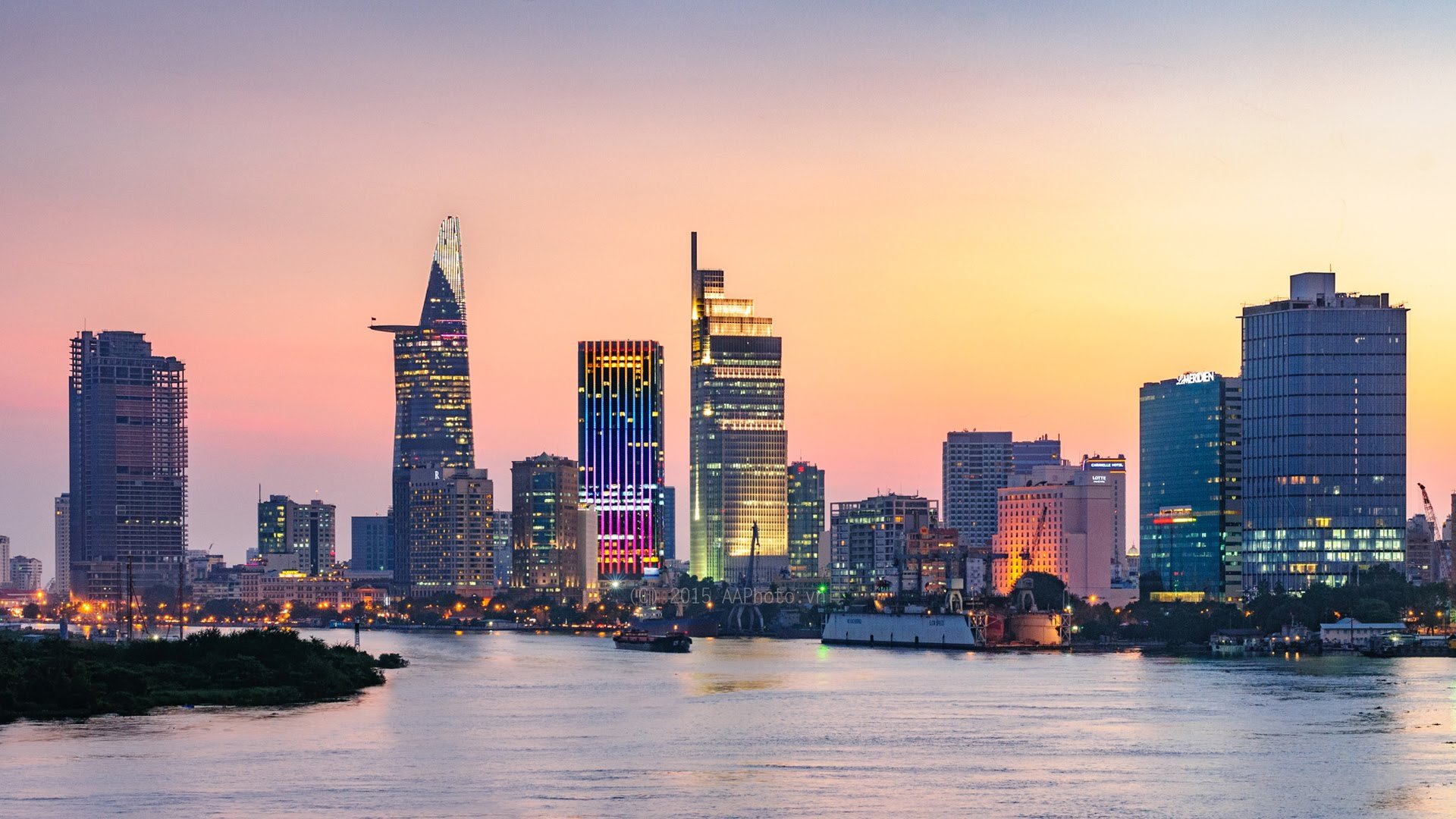







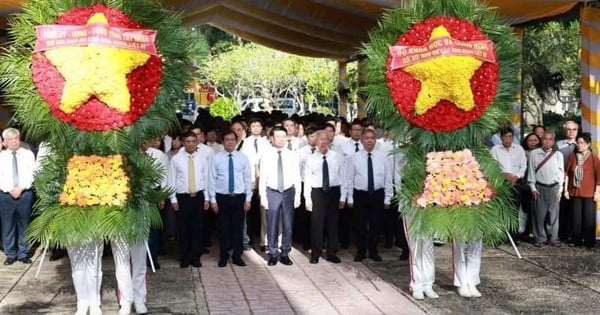

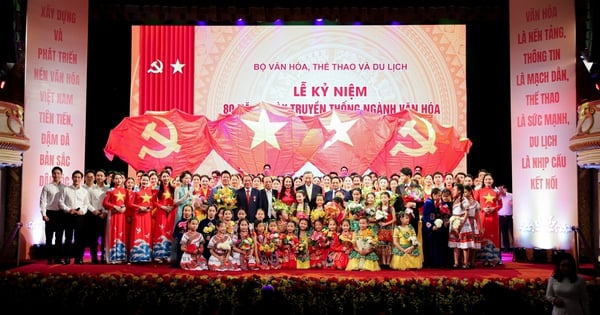


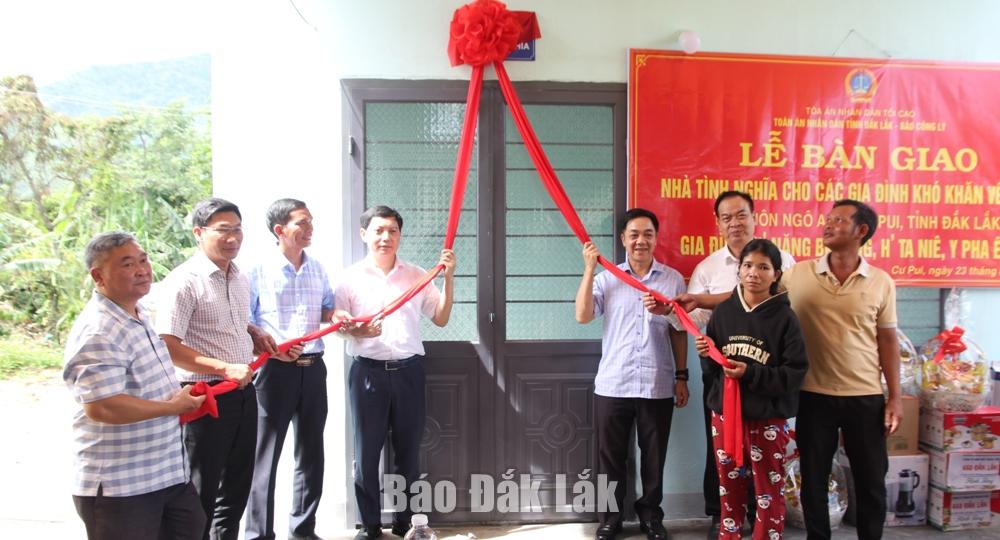

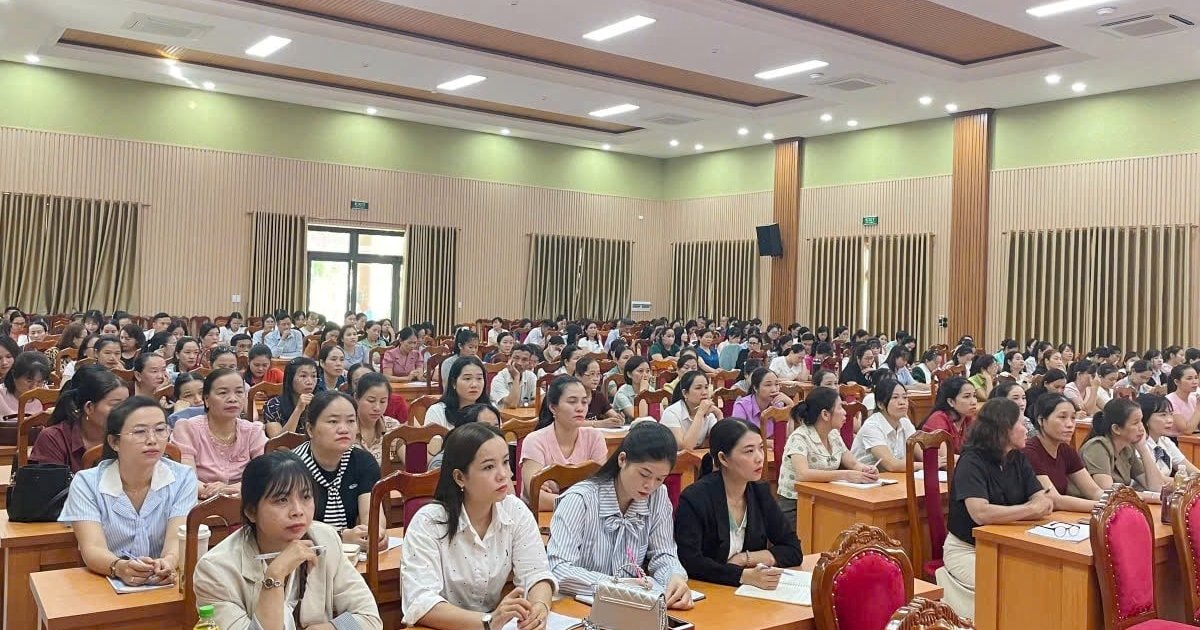
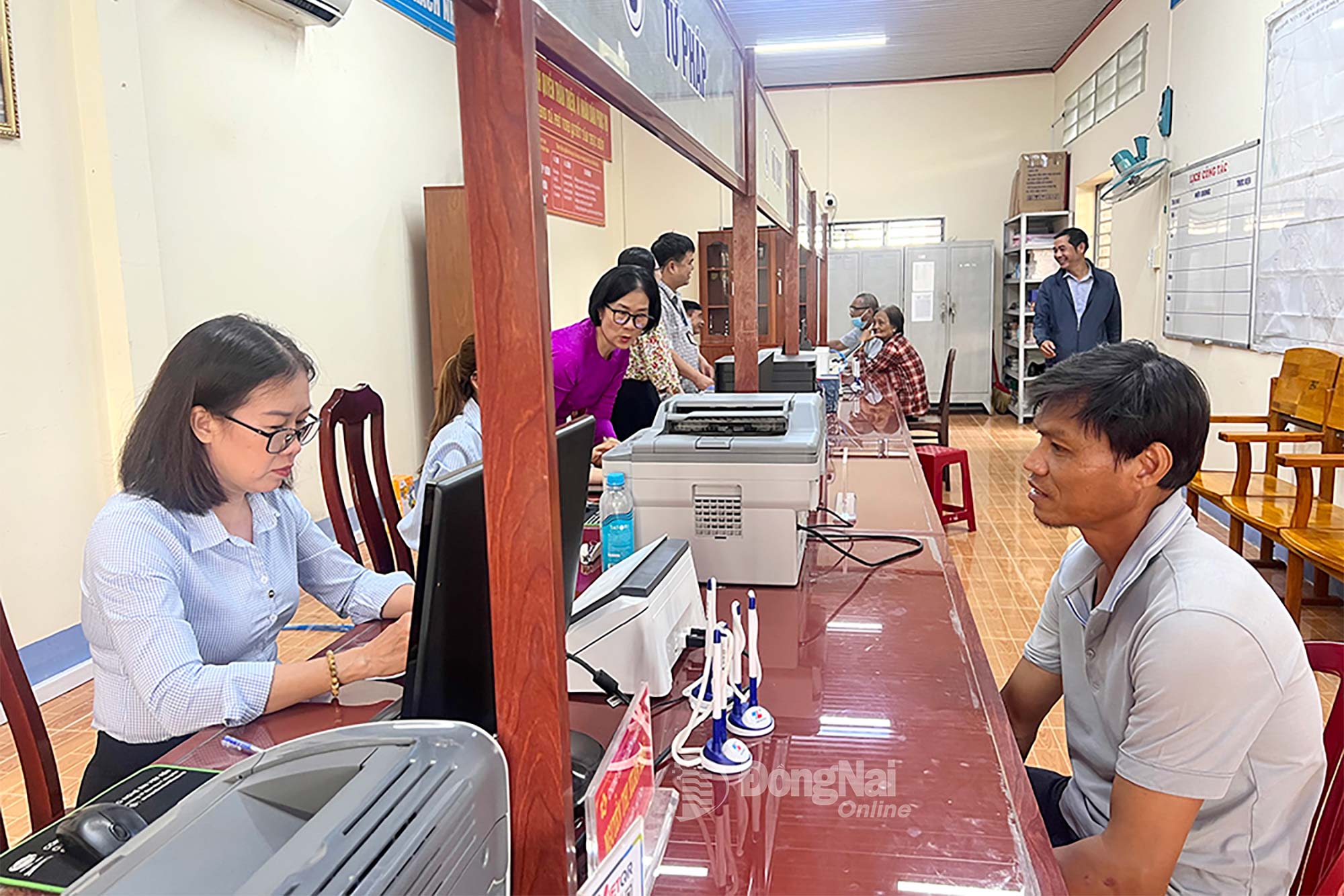

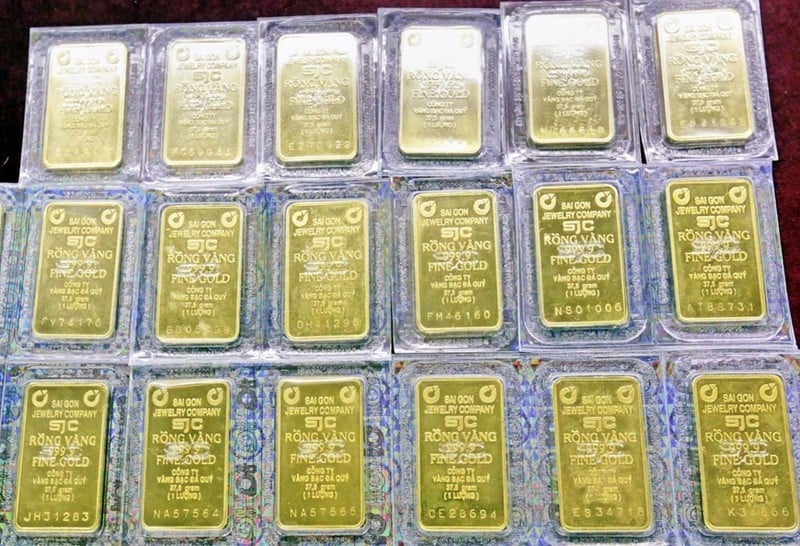

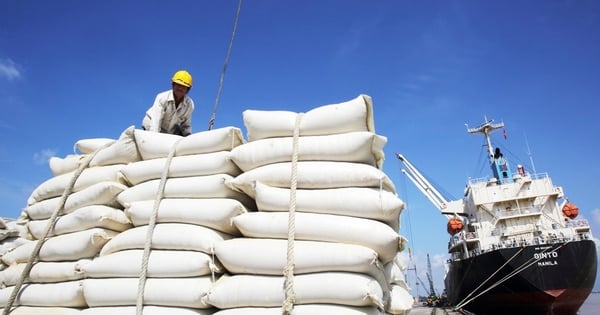

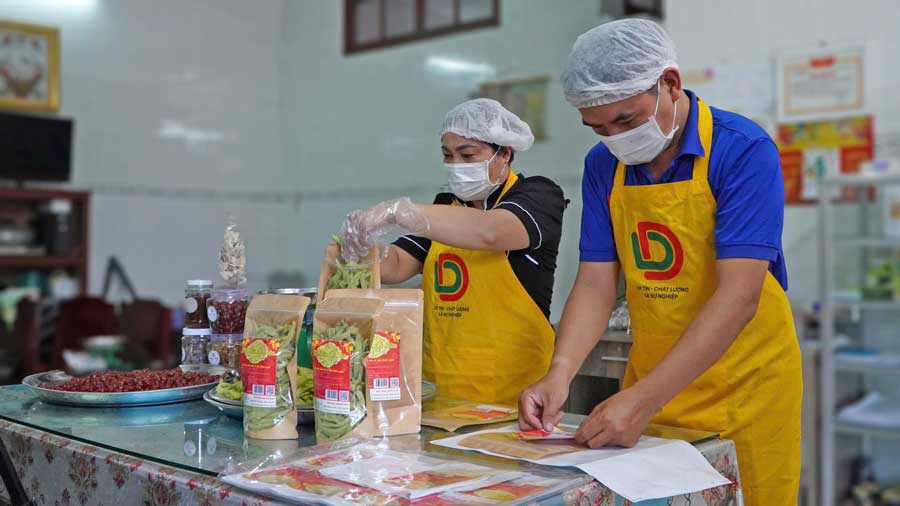

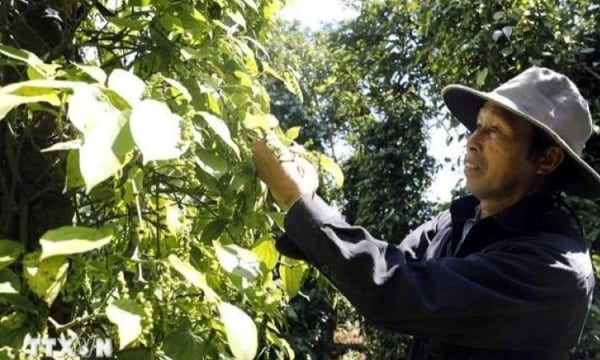



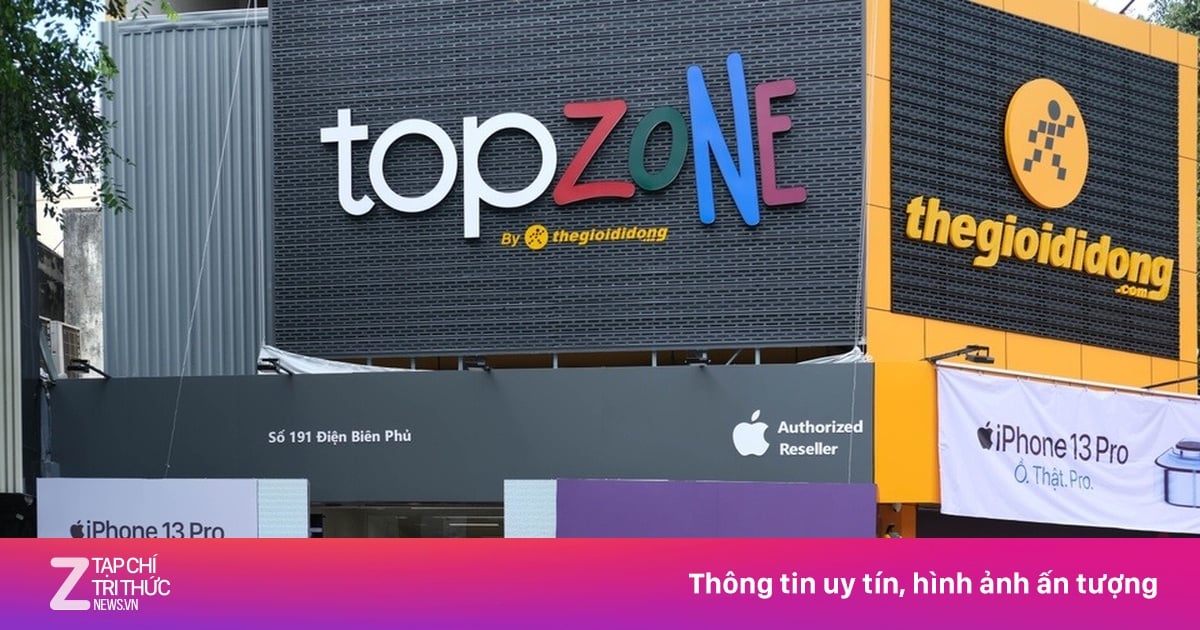






Comment (0)